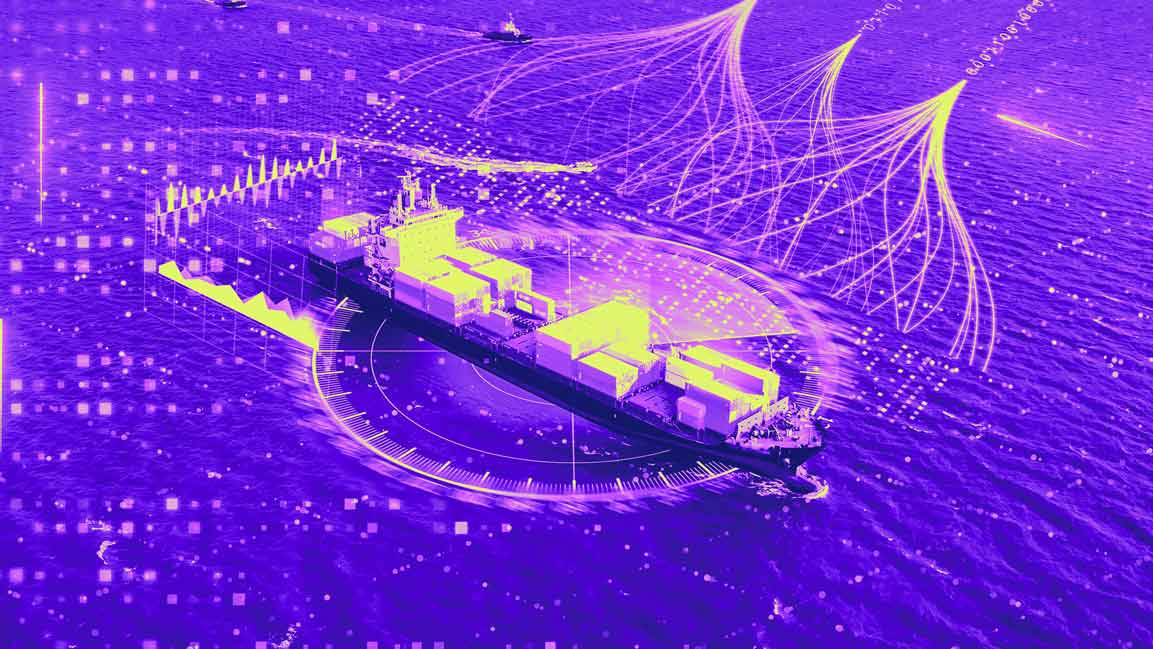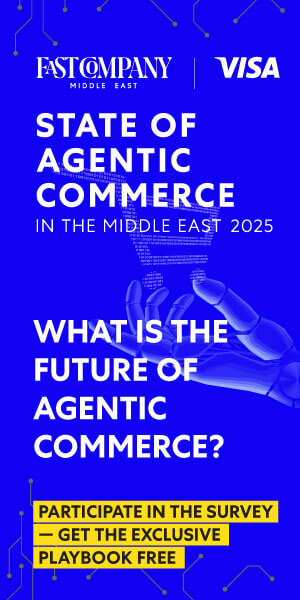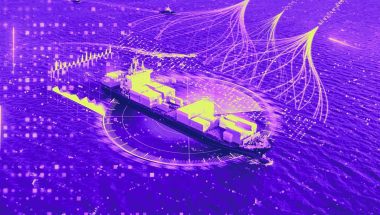- | 9:00 am
How AI is redefining the Gulf’s logistics for speed, sustainability, and trust
AI is helping supply chains predict rather than react, shifting from firefighting to foresight. The benefits are clear, but experts stress that transparency, accountability, and the human touch remain indispensable.

Logistics is the backbone of business, shaping not just costs but also customer satisfaction, market reach, and competitive advantage. Yet, as global supply chains become increasingly complex, GCC countries are investing heavily to solidify their role as a global logistics hub.
However, even with a strong digital infrastructure, supply chain professionals have long struggled to convert vast volumes of operational data into timely and actionable insights. “AI has changed that paradigm,” says Andy Coussins, Executive Vice President at Epicor. “By tapping into historical datasets and layering them with real-time signals, businesses can anticipate disruptions, model scenarios, and make better decisions before problems escalate.”
Today, AI applications in logistics are widespread. From demand forecasting that blends historical data with real-time market signals, to inventory optimisation that dynamically adjusts stock levels, AI helps minimise waste and maximise fulfilment. Coussins highlights how it strengthens supplier relationship management by identifying vulnerabilities before they become crises, and it improves risk management by simulating scenarios that prepare businesses for the unexpected.
FROM COST-CUTTING TO INTELLIGENT ECOSYSTEMS
The role of supply chains is also shifting. “They’re moving from cost-driven networks to intelligent ecosystems that prioritise sustainability, transparency, and resilience,” says Francesco Colavita, Global Vice President of PreSales Consulting at Jaggaer.
Digital platforms now streamline supplier interactions across the whole order lifecycle, automate traceability through ERP integration, and even predict delivery delays using machine learning. These improvements not only reduce errors but also create real-time visibility across networks.
Colavita points to Jaggaer’s Advanced Sourcing Optimizer (ASO) as an example of innovation. Designed for high-stakes, multi-variable negotiations, ASO empowers procurement teams to weigh not only price but also capacity, service levels, and risk exposure. “It’s about helping companies make award decisions that are both cost-effective and operationally resilient,” he explains.
One misconception is that AI-driven logistics is only accessible to large-scale enterprises with deep pockets. Jeremy Eaton, Head of Technology Advisory & Architecture at Endava, stresses that this is no longer the case. “AI can be used at any size of company and can start with a small proof of concept or a large project,” he says.
Eaton says that clients have leveraged AI in various ways, including coding, software testing, and packaging design. Tasks that traditionally consumed days can now be done in hours. “While inherent complexities exist and core systems can be difficult to replace, AI still generates value,” he adds. “It’s about the use case and the business benefit, not necessarily the composition of the IT environment.”
THE TRUST PROBLEM
Yet adoption isn’t purely a technical decision. It also involves cultural, ethical, and operational considerations. A major concern remains the risk of the “black box” phenomenon, when a system’s inputs and outputs are visible but its internal workings are not.
“If AI is seen as a black box, trust disappears,” says Colavita. Procurement teams, he argues, must understand how decisions are being made and ensure they meet legal and ethical standards.
Eaton adds that supply chains thrive on traceability, and AI should be no different. “Every data point needs to be logged and auditable. When businesses can show customers and partners exactly what happened to their data and why a decision was made, confidence rises significantly.”
Accountability is equally critical. Unexpected outcomes should be treated not as failures, but as opportunities to review and improve models, says Colavita. “Rather than fearing these moments, organizations should use them as stepping stones toward more robust and trustworthy AI.”
WHY HUMANS STILL MATTER
Even with AI’s speed and processing power, humans remain indispensable. “A supply chain doesn’t just move goods—it connects organizations, partners, and customers,” says Coussins. “That requires trust. And trust needs humans in the loop.”
The latest 2025 Agility Index from Epicor reflects this reality. It found strong demand for new roles such as AI logistics and route optimization specialists (38%), supply chain AI data scientists (37.2%), and AI automation engineers (35.4%).
Colavita adds that proactive reskilling is also a crucial component of supporting resilient infrastructure. “Automation may spark fears of redundancy, but the real opportunity is moving people into higher-value roles where human judgement and ethical oversight remain essential.”
TECHNICAL AND CULTURAL HURDLES
AI’s success still depends on accurate, real-time data. Poor data quality can undermine models, particularly in procurement, where balancing cost, quality, and risk is a complex task. Colavita notes that sophisticated systems must continuously adapt to evolving markets, regulations, and disruptions.
One way to reduce complexity is by breaking AI into smaller, well-defined agents. Eaton says, “Instead of one all-knowing system making opaque decisions, divide tasks across specialised AI tools,” he says. “One might optimise inventory while another forecasts demand, each with clear parameters and human oversight. This modular approach makes outcomes easier to interpret and correct, if needed.”
He also highlights the importance of agility: “Dynamic scaling, using multiple channels and compute resources to process complex tasks, ensures speed without sacrificing clarity. That way, customers see efficiency gains without losing transparency or control.”
WHAT’S NEXT?
Looking ahead, experts envision the next evolution as agentic AI—systems that not only interpret data but also take action with human authorization.
“While generative AI uncovers patterns, agentic AI goes further,” says Coussins. “It tells you what’s happening, recommends what to do, and can execute the action once you approve it.”
Picture an AI system that detects a supplier delay, models alternative routing options, negotiates with other vendors, and automatically adjusts procurement plans once the buyer signs off. “AI is shifting from an analytical assistant to an operational partner,” he says. “That makes supply chains not only resilient, but adaptive to an unpredictable world.”
According to experts, the future of logistics in the Gulf is a collaborative effort. It’s about experts working hand in hand with AI technology, settling into their respective roles to achieve higher efficiencies. Companies that master this balance of automation and oversight will not only weather disruption but also set the standard for supply chain resilience in the years ahead.







































